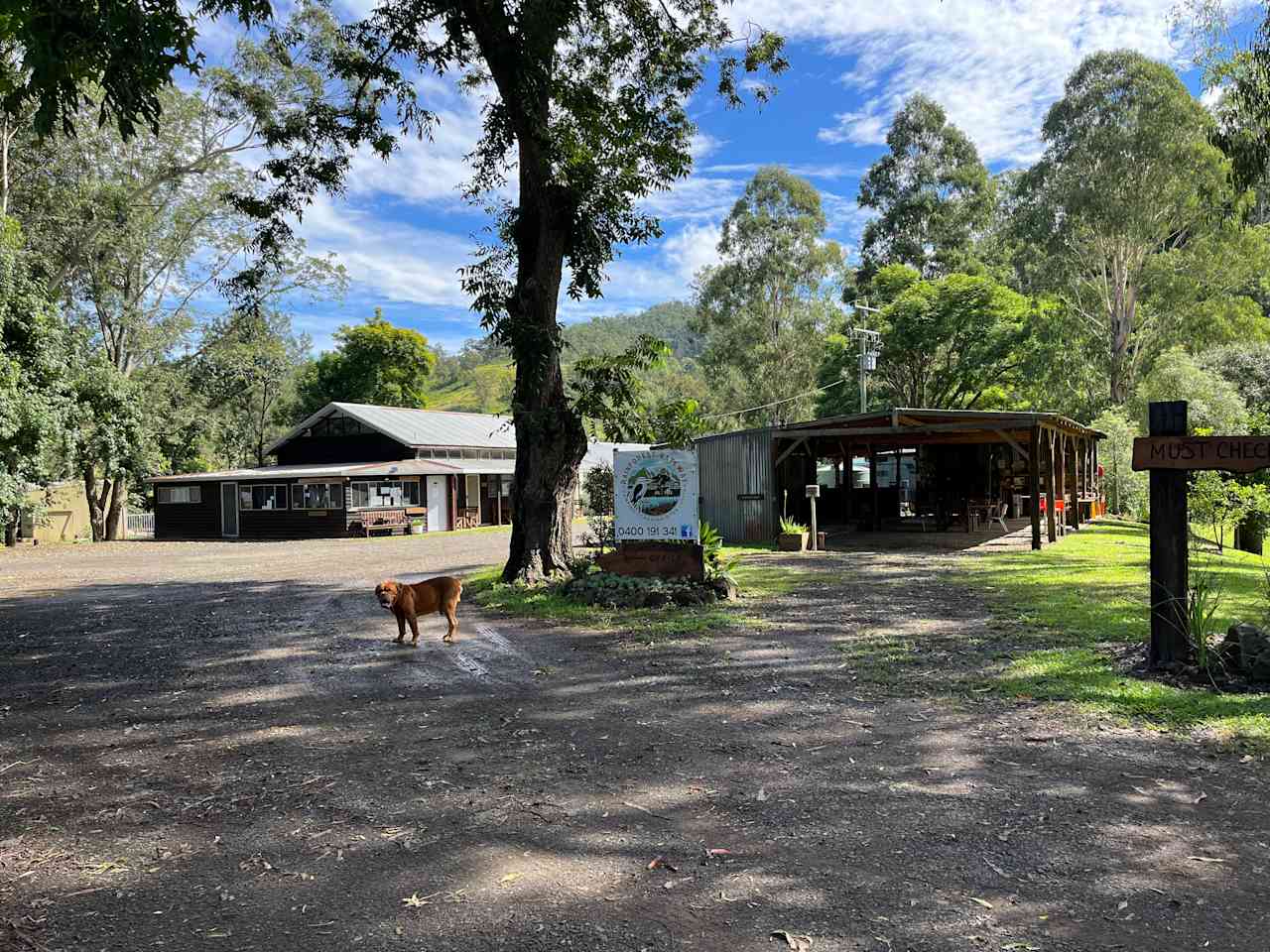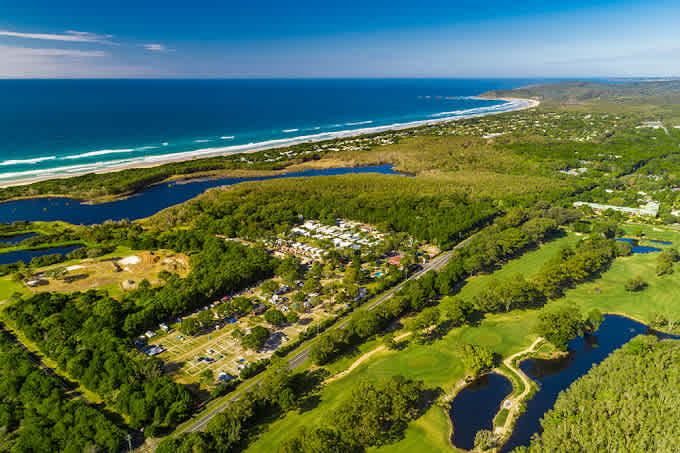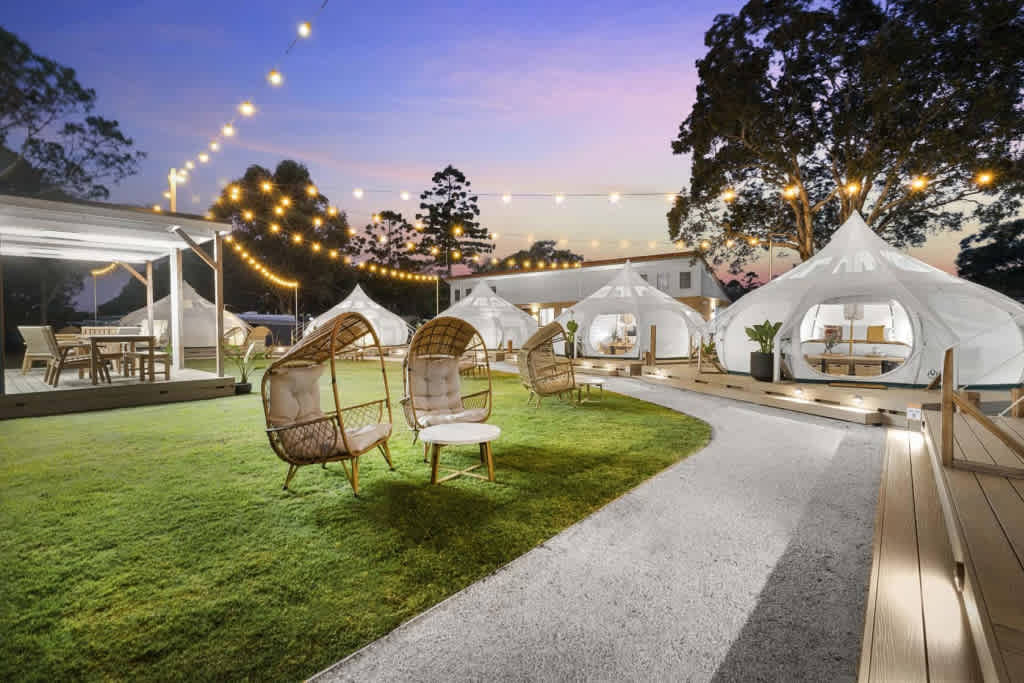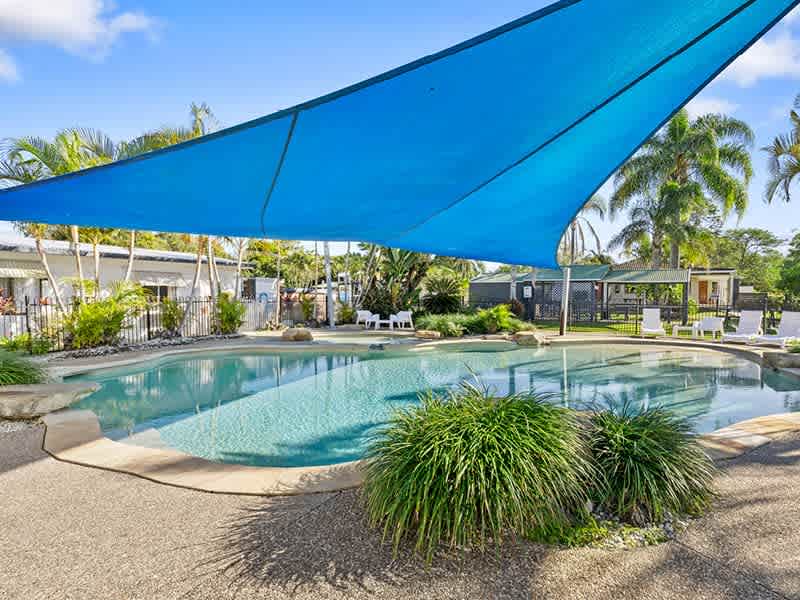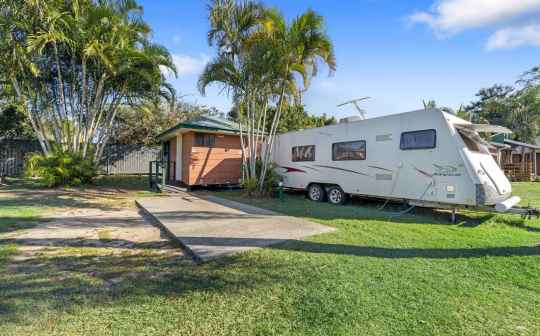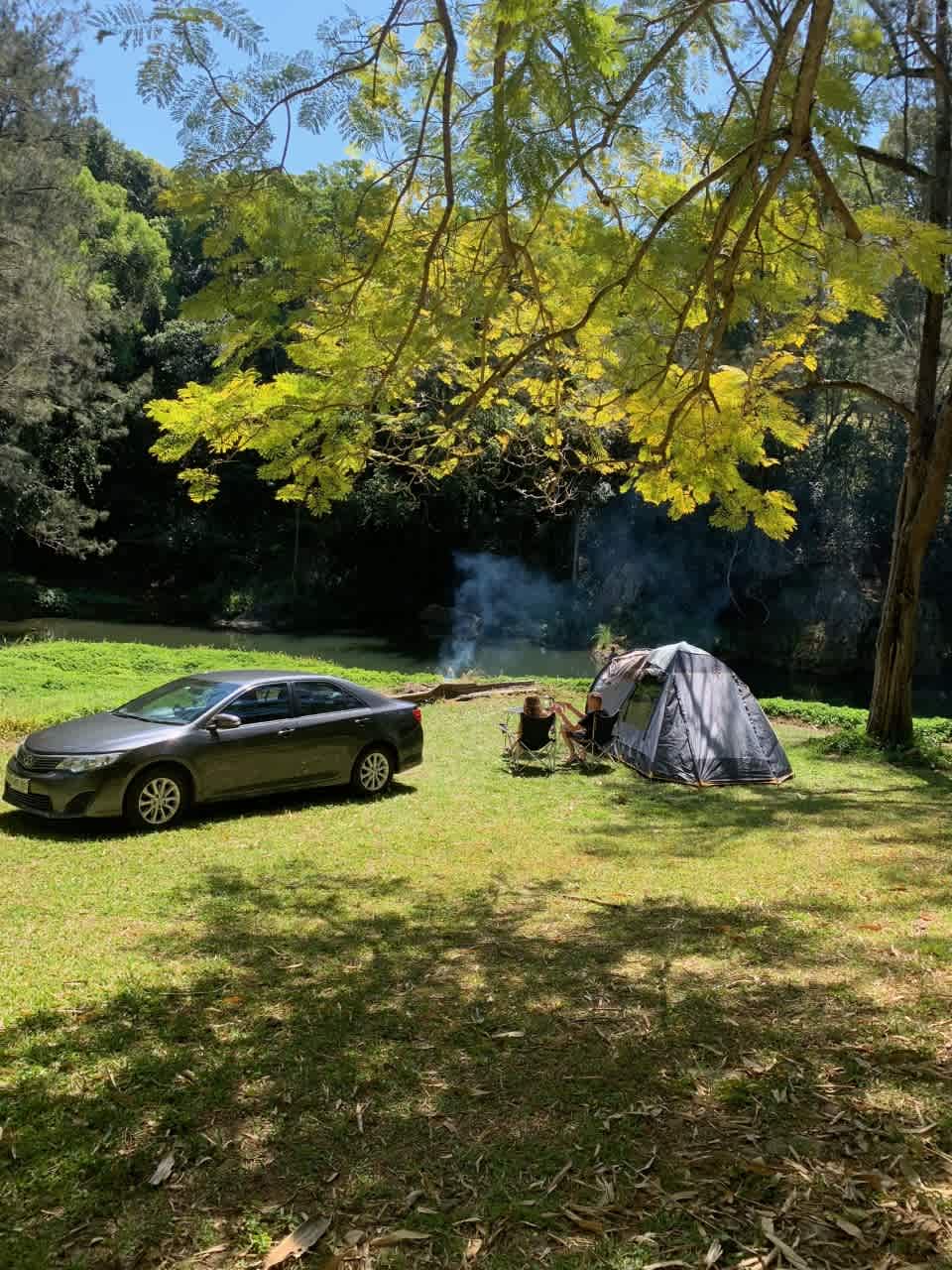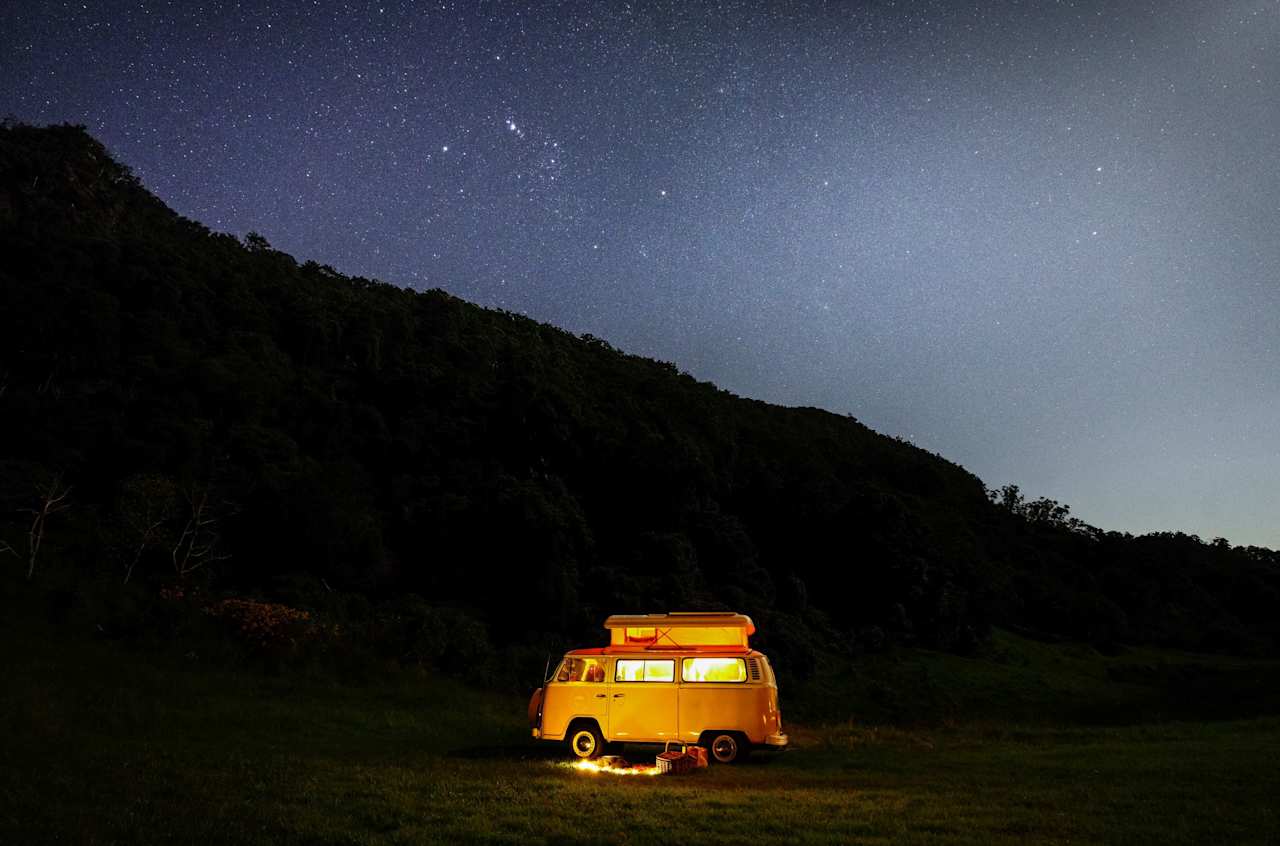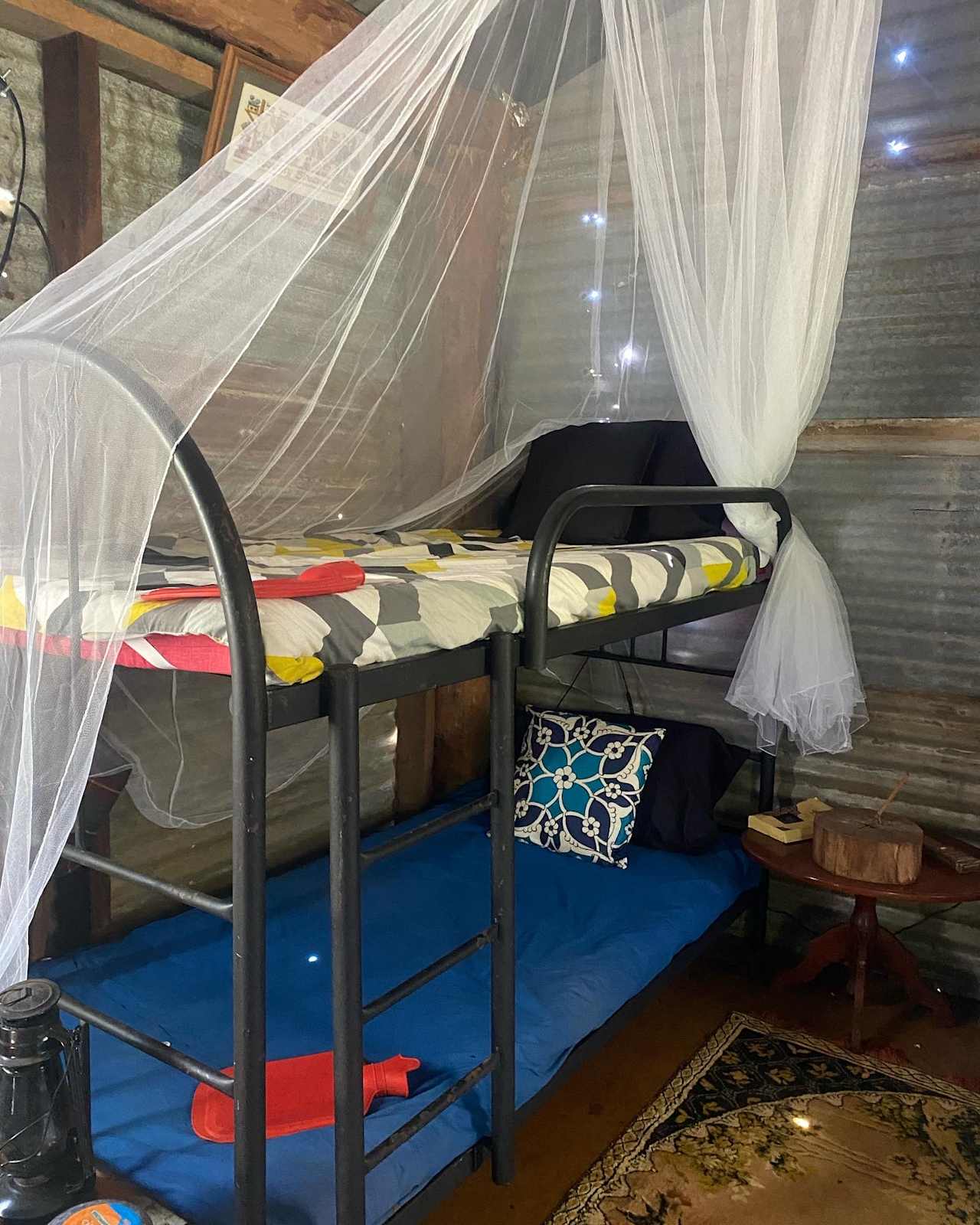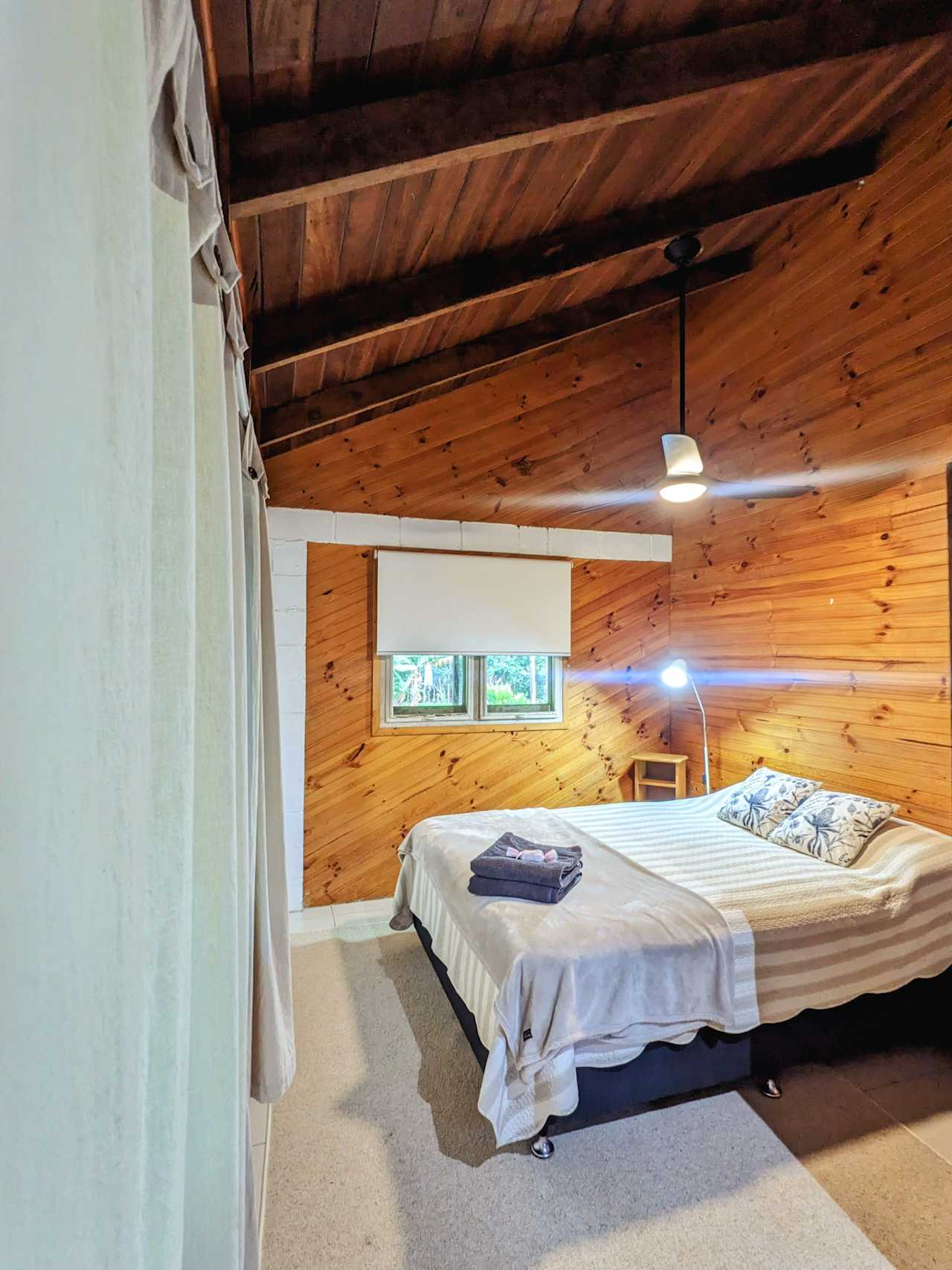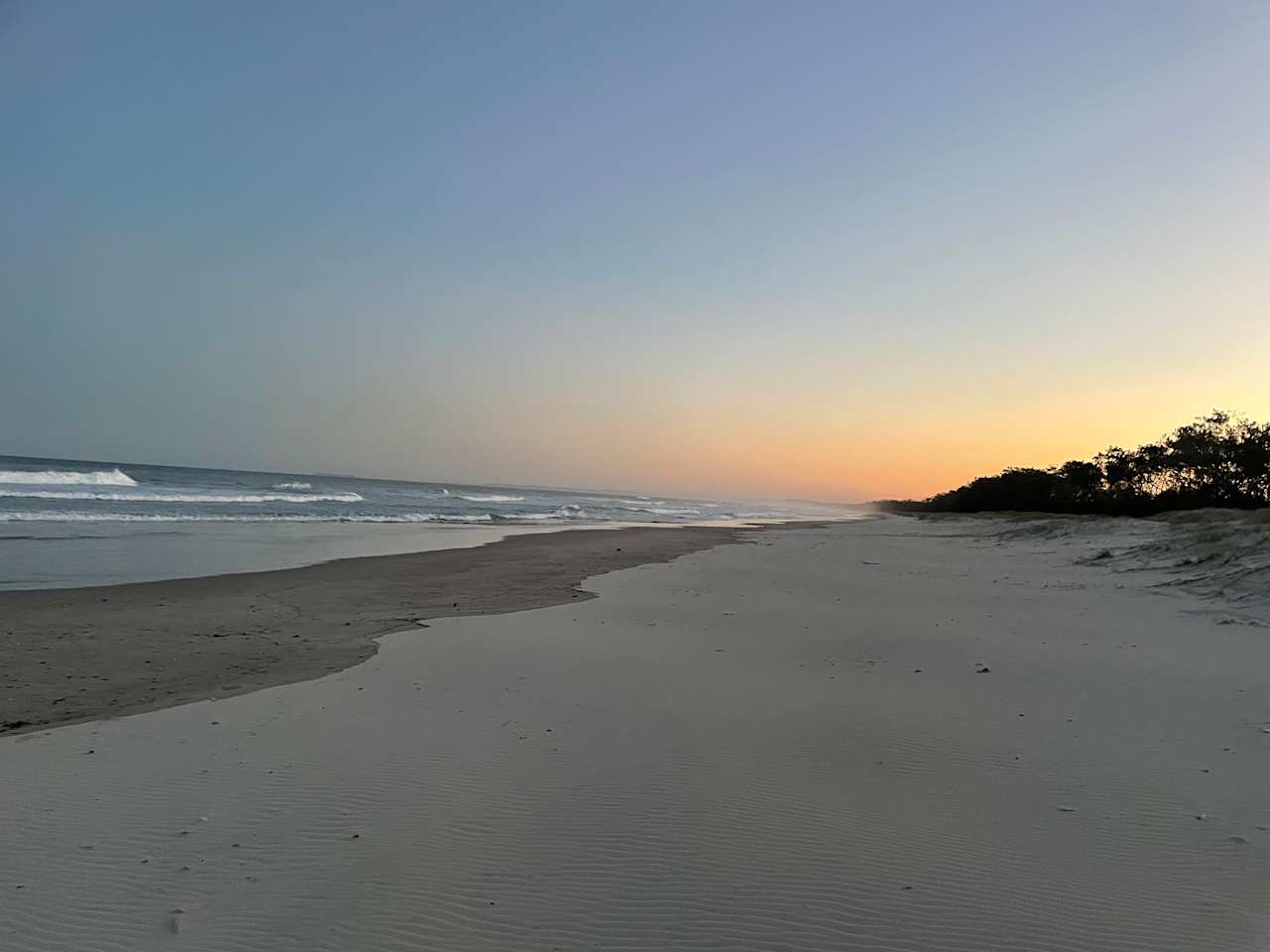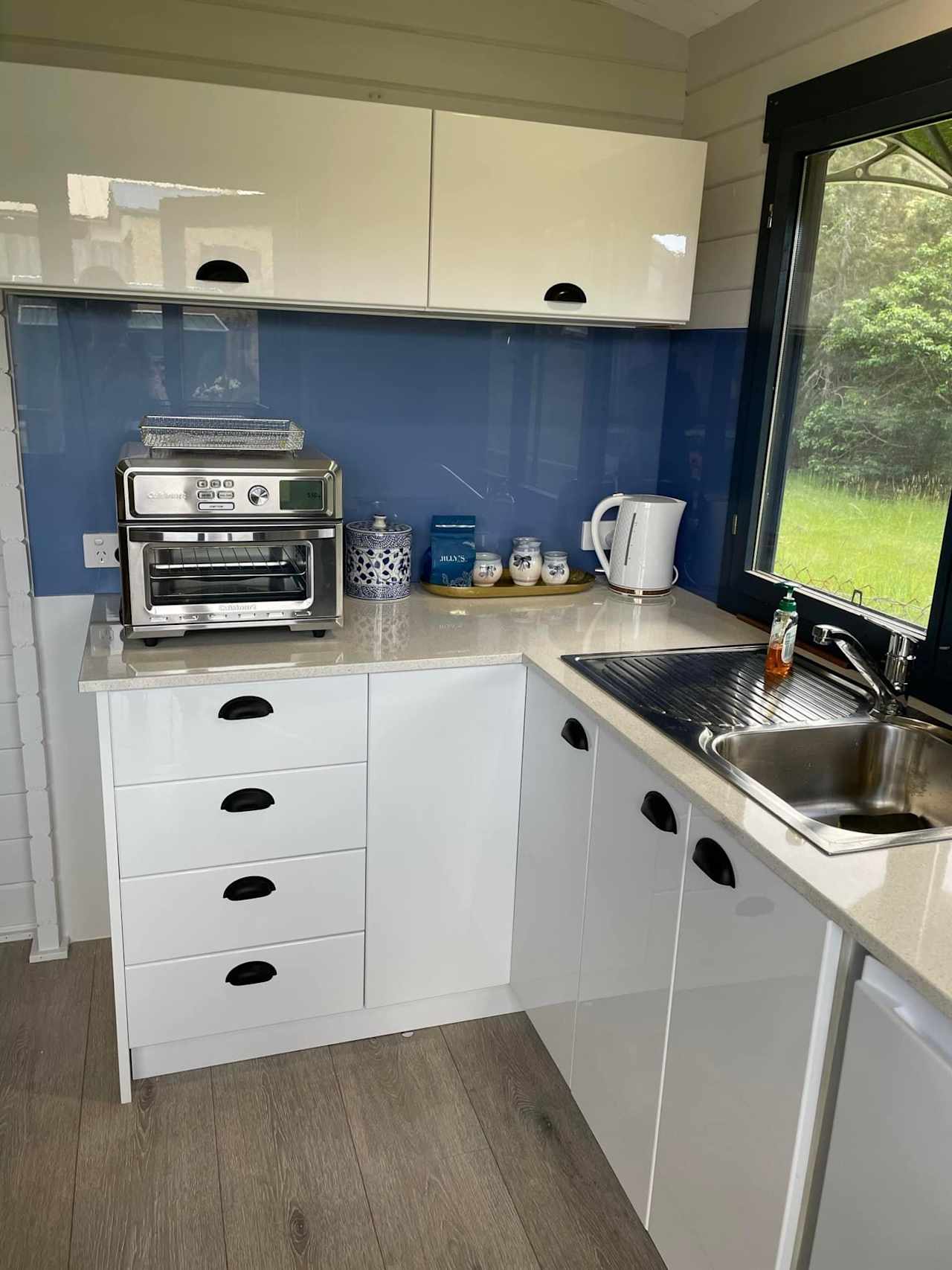Cabins near Murwillumbah
Camp inside a volcanic caldera surrounded by tropical plantations and national parks.
- Murwillumbah
Popular camping styles for Murwillumbah
Star Hosts in Murwillumbah
12 top cabins sites near Murwillumbah
Available this weekend
Dog-friendly getaways


Cabins near Murwillumbah guide
Overview
The small northeastern NSW town of Murwillumbah is situated within an extinct volcanic caldera, beside the Tweed River and in the shadow of jagged Mt. Warning. With high rainfall and rich volcanic soils, the fertile town is surrounded by banana and sugarcane plantations. Just a few kilometres from the Queensland border and within easy driving distance of the Gold Coast, Brisbane, Byron Bay, and several national parks, there are many reasons to add Murwillumbah to your camping itinerary. As well as a couple of caravan parks and campgrounds within the town itself, the best camping options are to be found in the surrounding countryside.
Where to go
Springbrook National Park
Just over the state border in Queensland, north of Murwillumbah, this impressive national park is part of the Gondwana Rainforests of Australia World Heritage Area and houses lush ancient rainforest and impressive waterfalls. There are facilities for permitted tents and camper trailers at the Settlement Campground (think toilets and barbecues but no showers), but wild bush camping is not allowed in the park.
Lamington National Park
Northeast of Murwillumbah and beside the smaller Springbrook, Lamington National Park is also a part of the Gondwana World Heritage Area and offers many of the same features as Springbrook. There are, however, many more opportunities to camp here. The well-equipped O’Reilly’s Campground has tent and caravan sites as well as safari tents and ensuite pods, and various bush camping sites throughout the park can only be reached on foot. Bush camps are closed in December and January.
Byron Bay
A popular coastal town just 50 kilometres southeast of Murwillumbah, Byron Bay draws campers road-tripping through northern NSW who might want to stop at both places. Travellers come here for the beaches and for the alternative hippie lifestyle and activities. You can surf, hike, and practice yoga by day while staying the night at unpowered beachside camps or luxurious glamping pods, and everything in between.
When to go
Murwillumbah is located in northern New South Wales, which has a subtropical climate with hot, humid summers and wet, mild winters. As most travellers are drawn to Murwillumbah to enjoy outdoor adventures in the surrounding parks, spring and autumn are the best times to visit, when temperatures are still warm but not as hot as in the summer. In some national parks, campsites are closed in the middle of summer in December and February.










